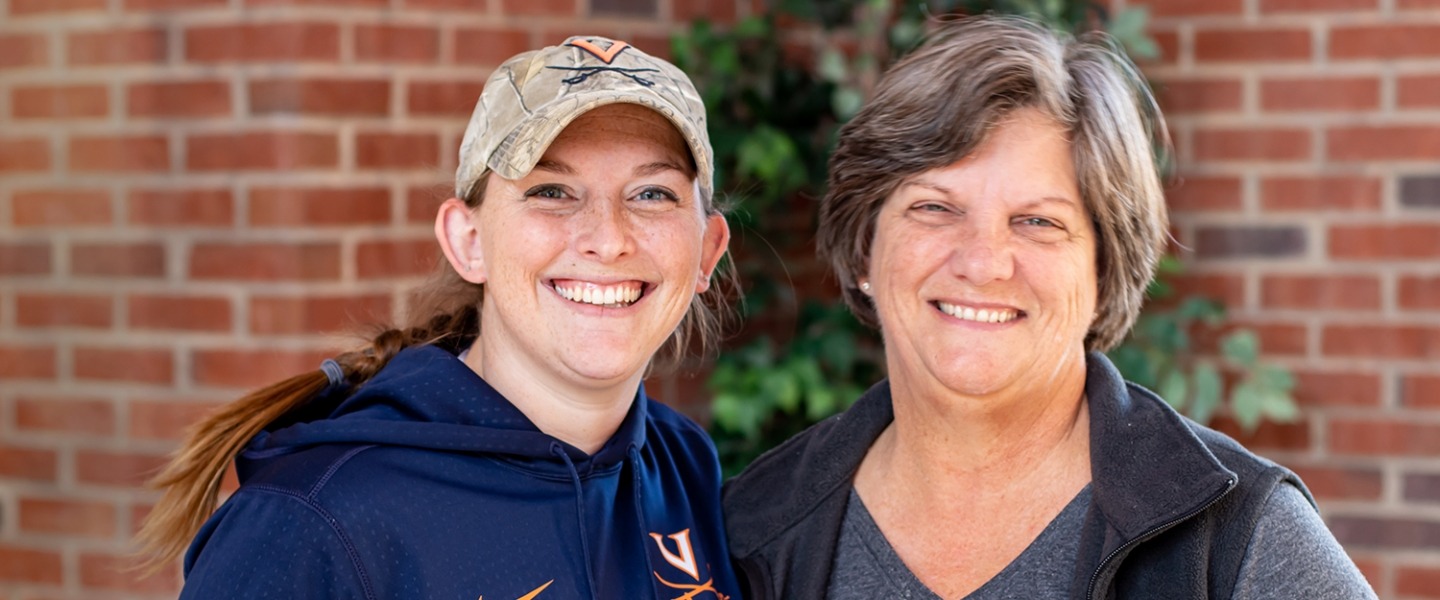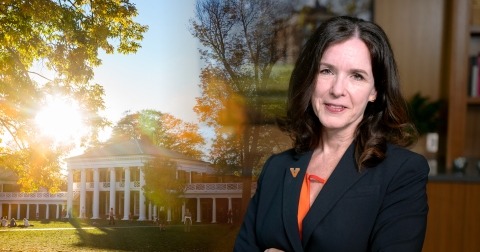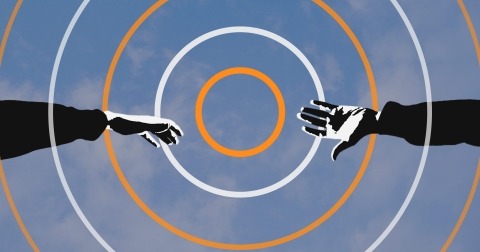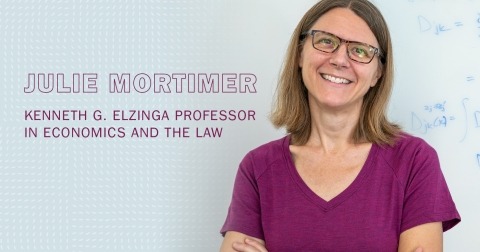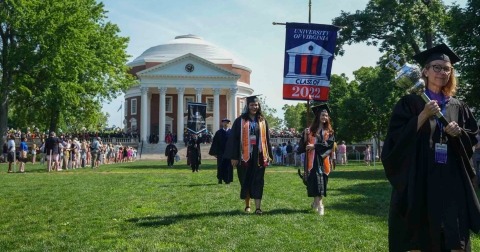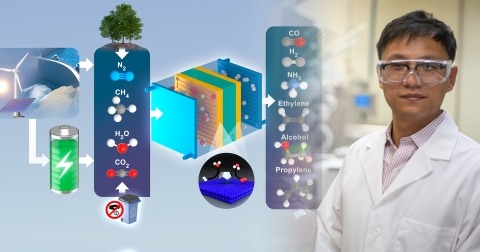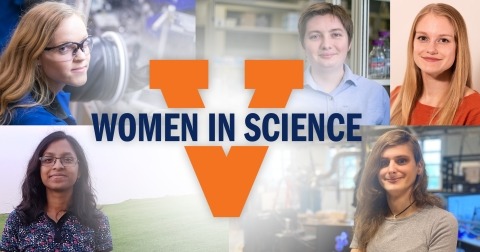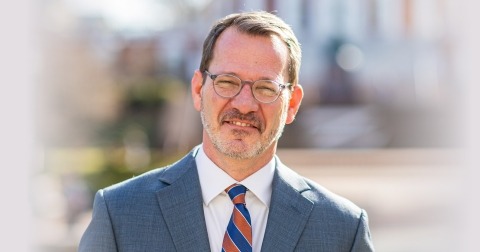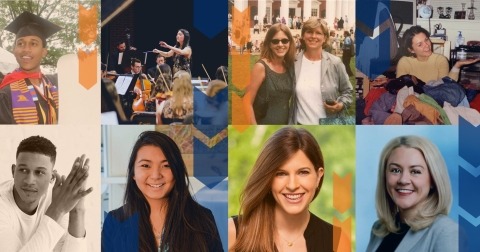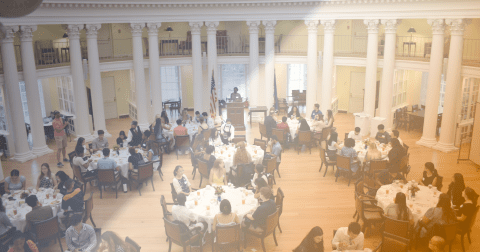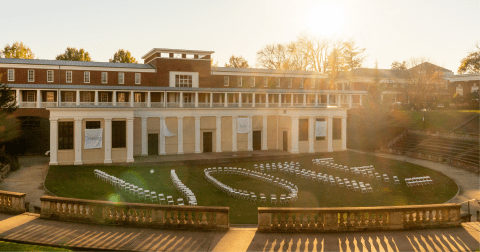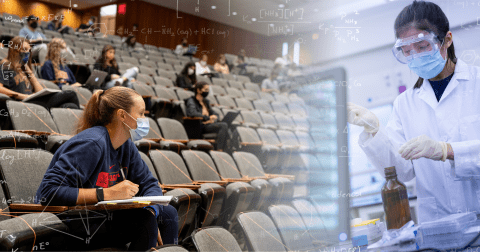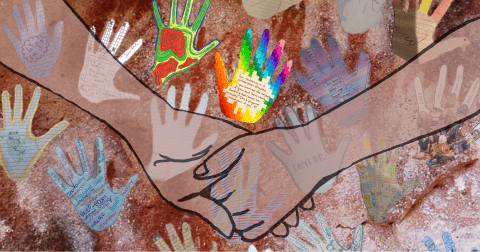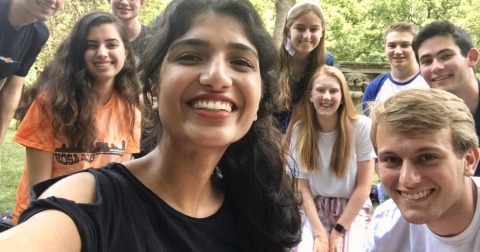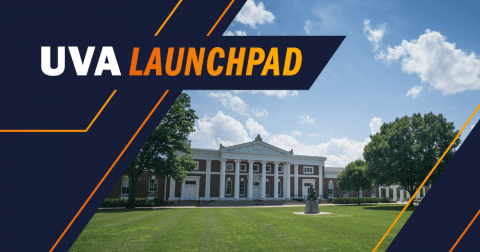RESEARCHERS FROM THE DEPARTMENT OF ENVIRONMENTAL SCIENCES AND OTHER A&S INITIATIVES ARE BRINGING NEW HOPE TO ENDANGERED COASTAL COMMUNITIES
By Russ Bahorsky
Photos by Molly Angevine
The history of Victoria Long’s family in North America reaches back to the founding of the Colony of Virginia in the early 1600s. A UVA graduate student pursuing her Ph.D. in environmental sciences, she represents the thirteenth generation of a family that has farmed the same land on Virginia’s Eastern Shore for over 400 years.

But for Victoria and her siblings, farming isn’t the option it once was. Too much has changed along the thin strip of coastal farmland that her family has owned and cultivated for centuries — a region that once generated 75% of the produce grown in Virginia. More and more family farms on the Eastern Shore are disappearing as rising seawater slowly erodes the productivity of the soil, prodding younger generations to move away from largely undeveloped communities for more promising careers elsewhere. But Long, herself, is an example of how all of that might be changing.
For over 30 years, UVA has been working with the Virginia Coast Reserve Long Term Ecological Research (VCR-LTER) program and The Nature Conservancy to conduct research intended to help Eastern Shore communities respond to a wide range of environmental problems that have a direct impact on their lives and their future. It was UVA’s presence in her community and the opportunities it offered that lured her away from the Shore and the family business; it may also be the key to making her family’s way of life a possibility for generations to come.
NEW SOLUTIONS FOR OLD PROBLEMS
The seawater problem isn’t new in Virginia. More than 400 islands have disappeared since the Shore was first settled, and recent research shows that Virginia suffers as much as $23 million in property value losses from sea level rise each year. By some estimates, as much as 500 acres of arable land are lost annually as rising water makes the land too wet or too salty to grow marketable crops.
“The Eastern Shore of Virginia has been experiencing the effects of sea level rise for hundreds of years. It’s always been a problem,” Long says.
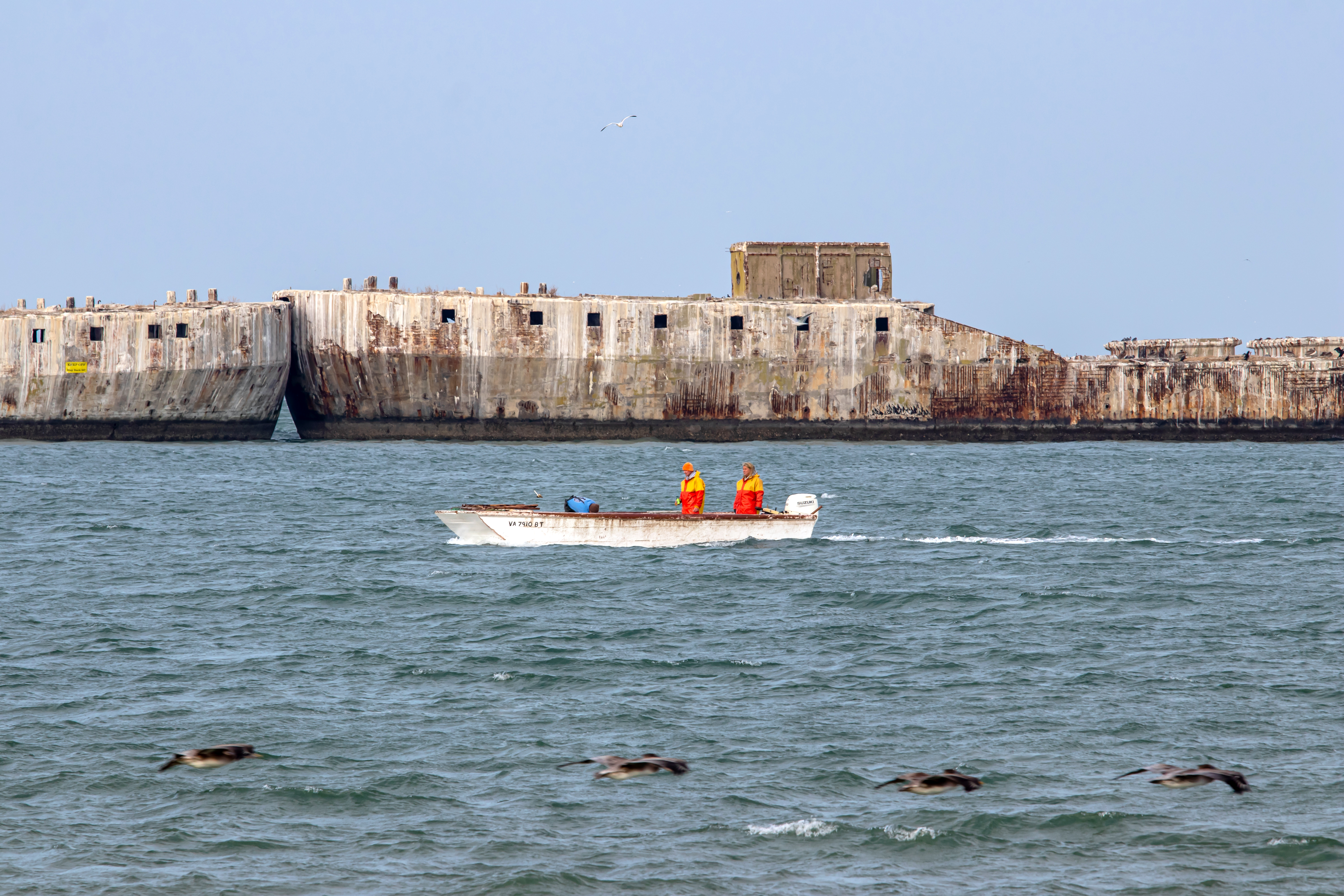
Climate change is just one factor, according to Matt Reidenbach, a professor of environmental sciences at UVA whose work is focused on how coastal ecosystems respond to climate variability. But it’s only part of something much more complicated. Real estate development, changing wildlife populations, storm surge, the loss of plants like eel grass — a variety of seagrass that prevents shoreline erosion — are all part of a complex ecosystem that affects the Eastern Shore and the people who live there.
“Our work and our understanding of how these ecosystems work can help the local economy and community at the same time,” Reidenbach says. “The salinity of the land is changing, and Victoria [Long’s] work is answering the question of what to do with land that’s going to have that problem for the next several decades. What do you do with that land — how can it be used for new purposes?”
Long’s interest in salt-tolerant crops led her to a plant called saltmarsh mallow, a perennial that has the potential to be a source of bio-ethanol and bio-diesel — alternatives to fossil fuels — or even high-grade cooking oils. She explains that there’s no market for saltmarsh mallow currently, but it offers ecological properties like erosion control, and it protects crops from wildlife predation while absorbing nitrogen that might otherwise reach the waterways, making it available as fertilizer. It can also help reduce the amount of carbon dioxide in the atmosphere, a significant factor in climate change.
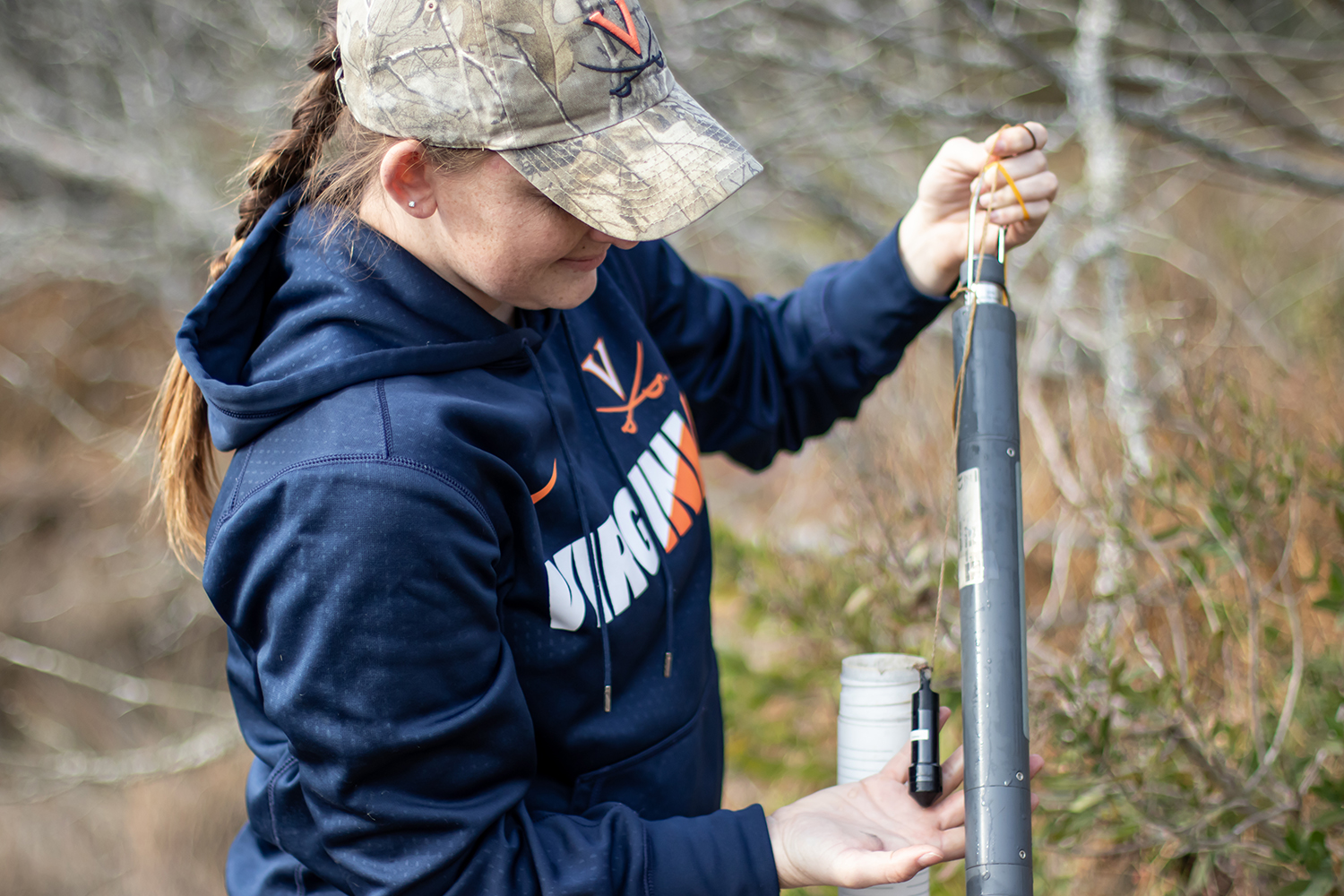
“Victoria has some really preliminary data that suggests this is not such a wild idea and that there might actually be some practical applications that are beneficial to both the farmer and to the environment,” says Linda Blum, a professor of environmental sciences at UVA and chair of Long’s dissertation committee.
“It’s a win-win situation,” she adds. Saltmarsh mallow is good for the soil and has the potential to provide a crop with economic value.
Despite the data, convincing the local farming community to plant saltmarsh mallow won’t be an easy task. “They don’t like change. They don’t like outsiders coming in and telling them what to do,” says Long. Even her own father was skeptical.
FINDING COMMON GROUND IN “CITIZEN SCIENCE”
The challenge is an old one: finding common ground between the scientific researchers and the locals who draw clear lines between those “from here” and those who “come here.” It’s a distinction that draws a smile from locals when they explain it, but it hints at a deeper tension between those who want to protect their livelihoods and their way of life and those whom they often suspect of having a different agenda. It’s a suspicion that hasn’t always been unwarranted, but even that relationship is undergoing a sea change with the community-based work being done by UVA researchers and students like Long.
One place where locals are seeing shared benefit is UVA’s research facility, known as the Anheuser-Busch Coastal Research Center, ABCRC for short, which is tucked away in the small town of Oyster, Virginia, on a small commercial inlet shared by working watermen who are pulling oysters from the South Bay and processing them for market. It’s as much a part of the community as the seafood wholesaler next door or the hair salon around the corner.
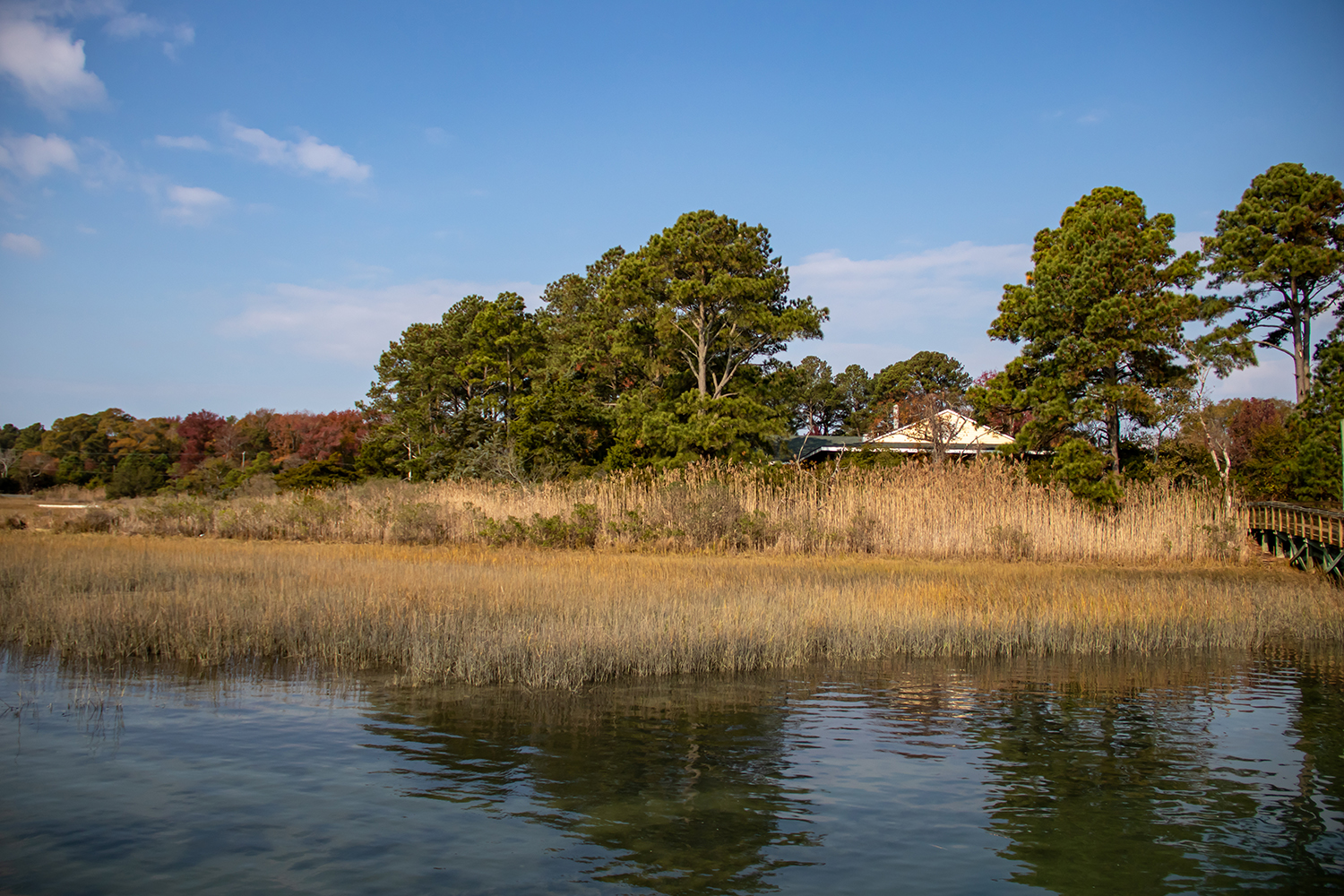
“Twenty years ago,” Reidenbach says, “the idea was ‘how do we keep humans away so we don’t hurt the environment?’” Now, he says, it’s a matter of finding ways that humans and nature can support each other. “How do we help the ecosystem and interface with the local communities in a way that can also benefit them?”
Long describes the concept as “citizen science,” a form of crowd sourcing that involves locals in research that directly affects them. “You ask them what kind of science would help them in their everyday lives,” she says, “and you design your research to address those issues.”
Bo Lusk, a coastal scientist with the Nature Conservancy and a UVA graduate who does marine habitat restoration work on the Eastern Shore, describes how researchers are earning a lot more local support by bringing the local community into their efforts.
“We’re getting a lot more support from them,” says Lusk, a fellow native of the Shore whose family includes several generations of farmers and watermen. “We’re asking them, what is it you care about and need? What’s changing in your backyard or along your shoreline? So we’re able to learn from them.”
“Citizen science” contributed to Lusk’s efforts to replant eel grass, which had been wiped out in the area by a Category 4 hurricane in 1933. Because the bay scallop depends on eel grass for survival, the storm also devastated one of the region’s most important aquaculture industries. Thanks to Lusk’s work and the help of other locals who are replanting eel grass on the Shore, there are now signs that they might be able to bring the bay scallop back.
“If we do,” Lusk says, “that could become an important part of our economy.”
Victoria Long's own efforts have made headway within the community, observers say. Cora Johnston, another Shore native who works for UVA as the ABCRC’s site director, says Long’s family background gives her a certain legitimacy, because she understands the challenges.
“Rather than seeing our research as being at odds with or ignoring what they’re doing, her research is really important for showing that there’s a path forward.”
The ABCRC also tries to engage residents through social media and public events where they can socialize with researchers in the community. And perhaps it's for those reasons that after some initial skepticism, Long’s father and several other local farmers are now partners in her research study, providing her with the land she needs to grow mallow and do soil analysis.
But will the saltmarsh mallow be the solution to the problem of sea level rise on the Eastern Shore?
“I don’t think we have all the answers,” says Professor Blum, as she reflects on the work she’s watched Long do during her time at UVA. “I think what we can do is provide some understanding and make some predictions that will help those communities respond to and plan for the changes that are going to occur. There are going to be a lot of them.”

A NEW DIRECTION FOR THE NEXT GENERATION
Residents of the eroding Eastern Shore see promise in the work of next generation scientists like Long and Lusk. Terri Long, Victoria’s mother, is a nursing professor with a doctorate from UVA. She teaches at the Eastern Shore Community College, and she recognizes that the hard fieldwork on the coast is just part of the valuable training and long-term opportunities that the Graduate School of Arts & Sciences has provided her daughter.
Some of Terri Long’s students are committed to becoming healthcare professionals. For those who aren’t sure, she suggests a degree in environmental sciences.
“It gives you trainable skills,” she says. “Working in a lab, working outside, working in art, identifying plant species, saving the planet. What great skills you pick up with that major that is so interdisciplinary, you can pick where you want to go.”
She connects the dots between her daughter’s educational experience and the future of her community. She says, “I want to see the Shore exist and farming exist and this way of life exist, and the only way we’re going to do that is to have people who are living here and who are making a living. You’ve got to preserve farming, and you’ve got to preserve aquaculture. People have to eat, and that’s what’s going to sustain the Eastern Shore. And that’s why we need UVA, in order to do the science that’s required to keep this way of life sustainable.”

